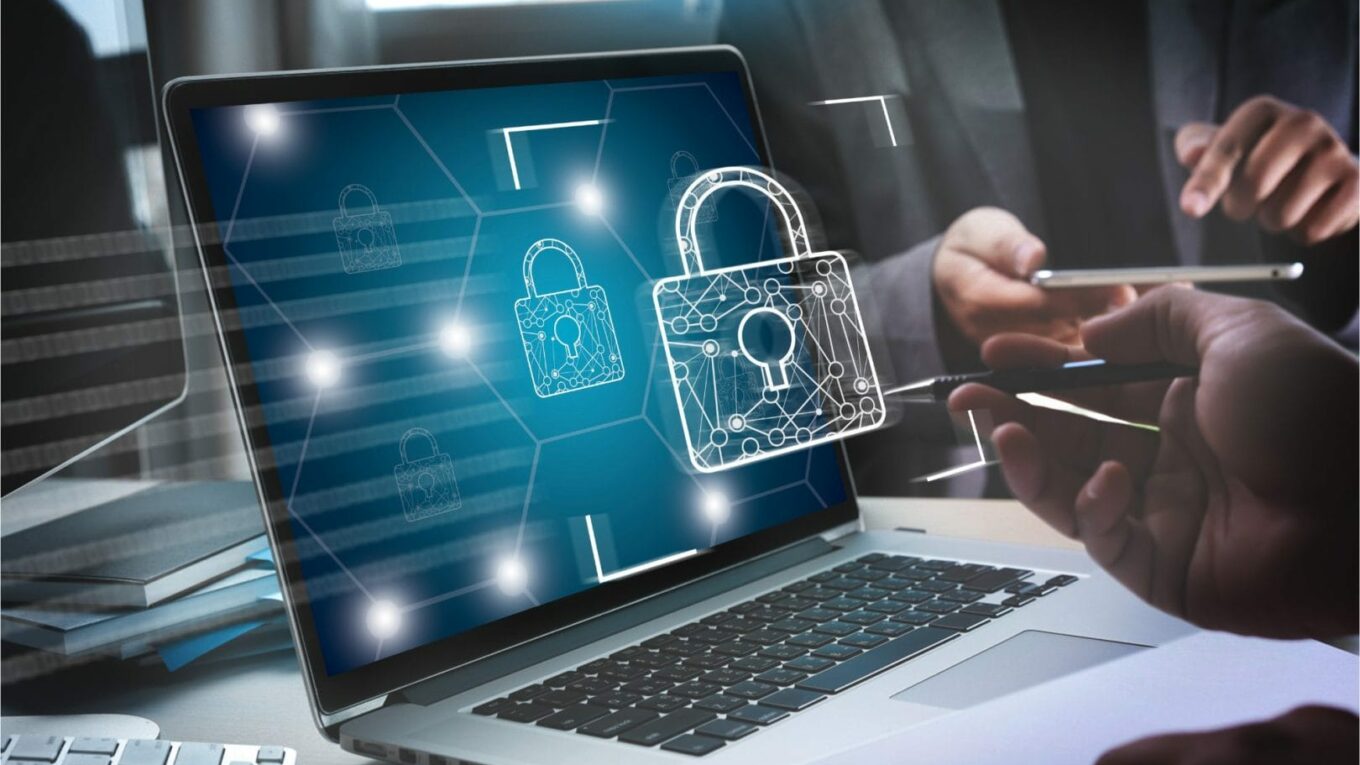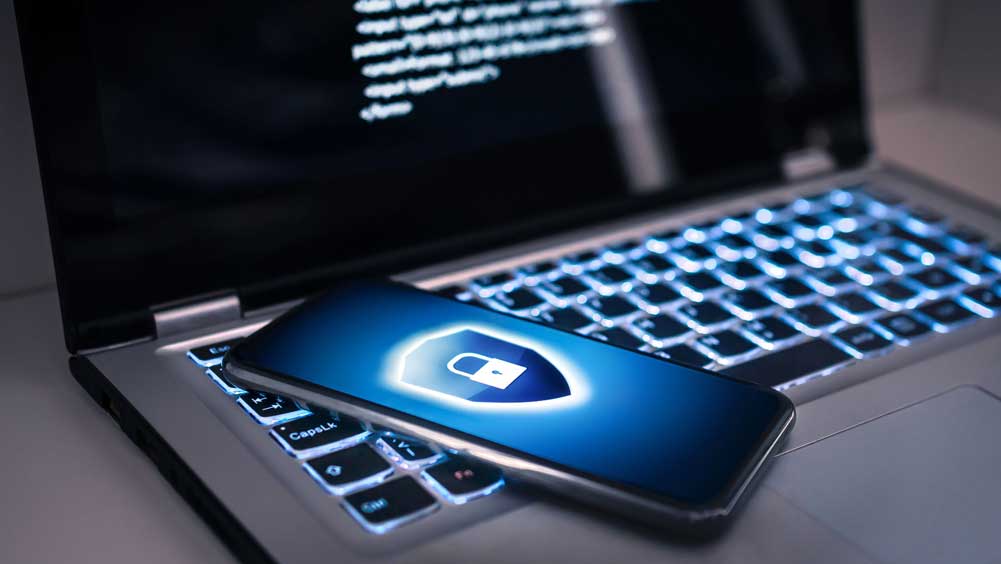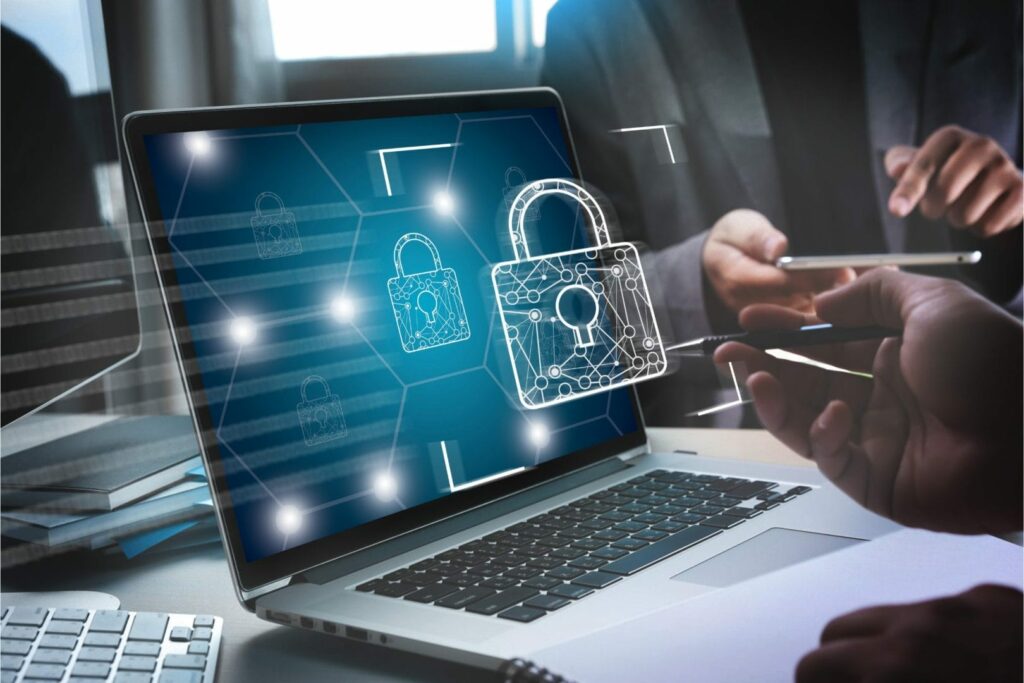Data Security Best Practices for Remote Workers: 9 Tips
Remote workers accounted for 28% of the employees working worldwide in 2024. Employees working from home or other off-site premises permanently are called remote workers. In contrast, employees working away from their offices for days, weeks, or months are hybrid workers.
When the destination of working (home) is favorable, the productivity of these remote workers is bound to increase. But the rise in productivity is followed by the rise in cyber-threat.
When the work is restricted to office premises, data security and device security can be ensured. Still, when remote working is involved, there are plentiful chances of cyber criminals attacking unsecured devices, taking advantage of technological defects, penetrating via lapses in cybersecurity systems, or other security defects, for gaining access to sensitive data.
Organizations should take stringent security measures to prevent intruders from accessing their networks and compromising remote devices.
Let’s check out some of the areas that businesses should focus on to ensure data security of remote workers.
1. Create a Cybersecurity Policy
Establish a cybersecurity policy and brief your employees regarding the same to bid goodbye to data breaches. Outline email security measures, set password requirements, set policy on network accesses, details on how employees should comply with security protocols, etc., and ensure that all your remote and on-site employees have read and signed the same. Having a written security policy will compel the employees to be vigilant and secure their data.
2. Offer Cybersecurity Training
As per conservative estimates, 95% of cybersecurity breaches are caused by human error. System misconfiguration, use of outdated software, easy passwords, default user names, loss of device, unsecured device, clicking on a malicious link, etc., all contribute to a successful cyber-attack.
Cybersecurity training to all employees (hybrid as well as remote), make them aware of the threats, how to recognize them, and how to respond in case of contingencies. In the case of remote employees, the awareness to use VPN and encryption security makes them more resilient to face cyber attacks.
3. Ensure all Internet Connections are Secure
Hackers are always on the lookout for unsecured Wi-Fi connections, simplifying their penetration task into the systems. If remote workers working from home or other workplaces are using unsecured Wi-Fi networks, the chances of a breach are very high.
Since these workers are already made aware of VPN, compel them to use its VPN, which encrypts Internet traffic during the data transfer process. VPNs like CyberGhost, NordVPN, ExpressVPN, etc., are a few popular names.
4. Use Bidirectional Encryption
Organization networks transmit sensitive data which needs security. Remote working infrastructures have unsecured endpoints, which make sharing of data a risky process.
Instruct your IT teams to develop remote working infrastructures with secured web platforms equipped with SSL (Secure Socket Layer) /TLS (Transport Layer Security) and 256-bit encryption. These web platforms encrypt all the communications and data in a bidirectional way.
Encryption security makes data unreadable and helps in secured data transmission. It also prevents intruder access to networks and permits remote workers to work in a secured way. All work-from-home employees should be instructed to use these secured platforms for office tasks.
5. Use Strong and Unique Passwords
Weak passwords tend to be open gateways for unauthorized penetrations into the network. Hence, your employees, especially remote workers, should be advised to use strong and complex passwords and avoid using the same ones again.
Unique passwords, different passwords for varied accounts, complex passwords with a combination of all keyboard keys, etc., are the first shield against hackers.
Invest in a Password Manager Tool that helps your remote workers track their passwords and store the same in a digitally encrypted vault.
6. Use Multi-factor Authentication
Multi-factor authentication is the best method for the verification of identity. Since multiple information, including passwords, pin code, security number, security question, OTP, etc., is needed, it becomes difficult for the hacker to access the network. Use MFA to ensure the security of data in such remote workplaces.
7. Regulate the use of Personal Devices
Many organizations implement BYOD (bring your device) policy. Though this policy has its pros, there are a few cons from the security point of view. It threatens remote workers whose devices may be unprotected, not secured with a password, or maybe have outdated antivirus software.
To eradicate this risk, the company must have a BYOD policy restricted solely to office employees, whereas remote workers should strictly use company devices.
8. Help Employees in Securing Devices
Network security will be weak if device vulnerability persists. Therefore, companies should ensure that their employees have all the security tools to secure their devices connected with the network for robust security.
AI-powered cloud platforms helps in tracking device vulnerabilities and in eliminating cyber threats by acting as a proxy for devices to networks.
9. Use Zero-Trust Network Access (ZTNA)
The tremendous surge in remote workers has put a huge strain on network security. Though using VPN is one of the solutions stated above, using ZTNA security solutions helps support scalability and minimize the attacks, thus securing networks irrespective of the workplace.
VPNs are limited to location connections, whereas ZTNA connections help expand the security boundaries and enhance the user experience of remote workers. It bolts the access to networks for employees whose access credentials don’t match and minimizes the chances of security breaches.
Few More Tips
- Monitor employee’s remote workplaces and information
- Be vigilant against phishing attacks
- Encrypt all sensitive data
- Ensure endpoint security
- Limit the access and admin rights
- Install anti-virus software and anti-malware software
- Backup your applications and data to the cloud
- Run software updates regularly
- Never leave your device unattended
- Keep your work separate
- Keep a backup plan ready
Final Words
Companies having remote workers should implement stringent security measures as mentioned above to secure organization data and networks. Employee awareness and training, robust security of networks and devices, updated antivirus software, and SSL encryption security all clubbed together can help secure the data of remote workers and keep hackers away from your network.



